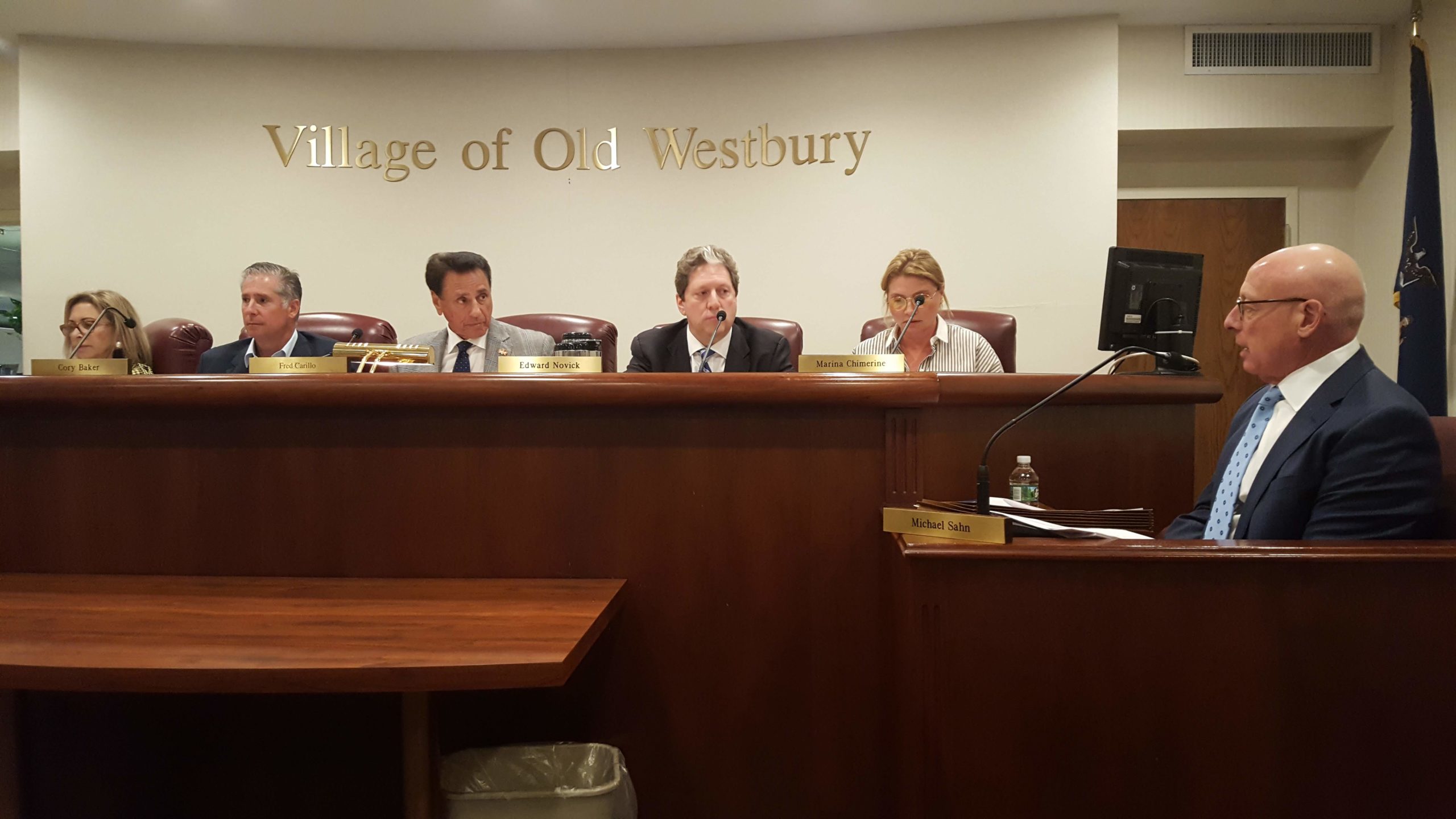The “firearms” section of Old Westbury’s village code has a new provision as of Monday that regulates bows and arrows.
The change comes as the village Board of Trustees seeks to manage its deer population by facilitating the opportunity for residents to have deer hunted on their property. The board unanimously amended the village code to allow licensed hunters with deer damage permits to use the weapons if the landowner authorizes them to do so.
“Based upon the cycle rate here of reproduction, one can ultimately start to have herds in some larger pieces of property,” said Trustee Edward Novick.
Property owners must gain written consent from neighbors before exercising deer hunting rights, the law says.
Village Attorney Michael Sahn said he has drafted and plans to submit a deer damage permit on behalf of the village to the state Department of Environmental Conservation.
If the village were to obtain a permit, residents could then come to the village government with deer complaints and the village could assign a hunter to the property, said Trustee Marina Chimerine. That way, residents would not have to apply for permits on their own.
One hunter whom the village might call upon is Charles Mulham, Chimerine said.
Mulham attended Monday’s meeting and spoke about his more than 30 years worth of experience.
“There’s no chance of ricochet like there is with a bullet,” Mulham said. “Hunters are usually elevated in a tree shooting down. The deer that we kill we bring to our friends, family or not-for-profit organizations where food is donated.”
Mulham said he hunts deer on a volunteer basis for other municipalities as well.
Two or three residents have called the village in the past month with complaints about deer, said village Clerk Brian Ridgway.
Deer communities can grow rapidly if left unmanaged, said the New York State Department of Environmental Conservation’s Leslie Lupo, who attended Monday’s meeting.
“Deer are exponentially growing their population,” Lupo said. “They can double it every two to three years.”
Other options for population management are surgical sterilization, which can cost about $1,000 per deer, or chemical sterilization, which is still in the research phase, Lupo said.
Only one resident, Michael Dombek Jr., spoke during the public hearing, warning the board to be cautious of animal activists who he said often initiate litigation.
“The deer population is very minor from what I’ve seen and I’m all over the village,” Dombek said. “But I would say that … you might suggest to [a homeowner] if they’re having trouble with vegetation they get deer netting and they can take care of it.”



